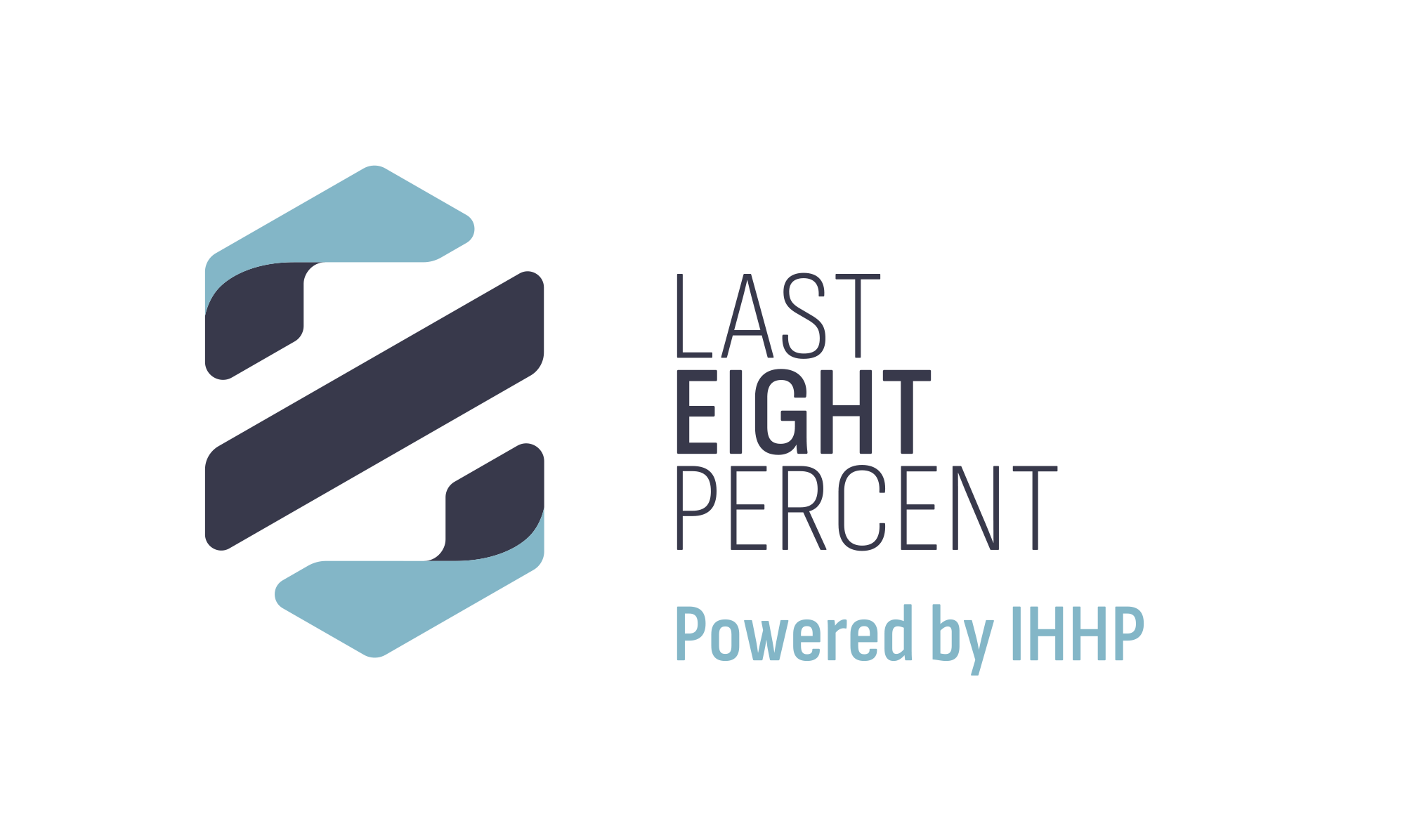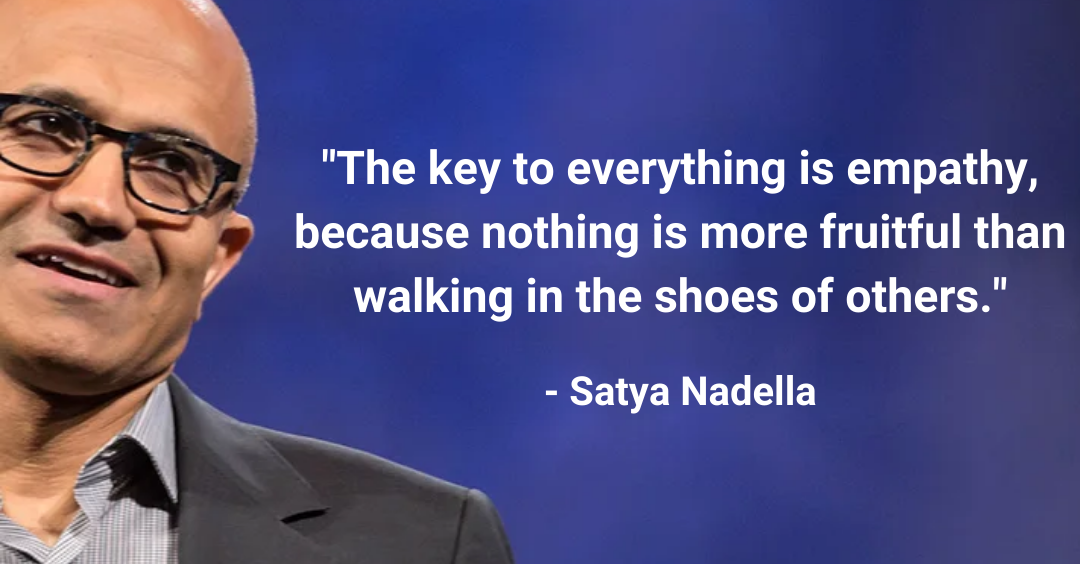Original publication: HR.com
Original publication date: December 6, 2017
I read with great interest a recent Fast Company article in which we learn how Satya Nadella, the new Microsoft CEO has “stopped infighting, restored morale, and created more than $250 billion in market value.”
According the article, “one of Nadella’s first acts after becoming CEO was to ask the company’s top executives to read Marshall Rosenberg’s Nonviolent Communication, a treatise on empathic collaboration. The gesture signaled that Nadella planned to run the company differently from his well-known predecessors, Bill Gates and Steve Ballmer, and address Microsoft’s long-standing reputation as a hive of intense corporate infighting. Nadella is a contemporary CEO able to emphasize the kinds of soft skills that are often derided in the cutthroat world of corporate politics but are, in today’s fast-moving marketplace, increasingly essential to outsize performance.”
I grew up in the technology industry when Gates, Balmer, and Steve Jobs were the models for great leadership. The problem was that while I was smart enough, I wasn’t so smart like they were that I could get away with treating people poorly and having a culture of intense infighting.
This became evident to me when I did my first Assessment and found out that people were not responding well to my authoritative and “me first” leadership style. They wanted their voices heard, to be listened to, to be valued for their contributions and abilities, and while they did want developmental feedback from me, they wanted it to come from a place of care and support. In other words, they wanted empathy from me.
At Microsoft, Satya Nadella understood the importance of empathy when he became CEO. According to Fast Company, “Nadella’s approach is gentler. He believes human beings are wired to have empathy, and that’s essential not only for creating harmony at work, but also for making products that will resonate. “You have to be able to say, ‘Where is this person coming from?’ he says. ‘What makes them tick?’ Why are they excited or frustrated by something that is happening, whether it’s about computing or beyond computing”?
What Gets in the Way of Empathy?
Developing empathy is not easy for everyone – it certainly wasn’t for me. In Rosenburg’s book Non-Violent Communication (the one Nadella had his senior team read), he spends a chapter on the four primary obstacles to empathy:
- Moral judgments: Constantly making something/someone good or bad such as, “He’s a bad person!” + “That’s just WRONG!”
- Comparisons:Marshall tells us comparisons are just another form of judgment and walks us through a hilarious example of how to make ourselves miserable. For example, just compare yourself to the supermodel hot people on the covers of magazines at your local grocery store or to your life vis-a-vis Mozart when he was twelve.
- Denial of responsibility: This is a big one. Marshall dedicates an entire chapter to the fact that we need to take 100% responsibility for own thoughts, feelings and behaviors. Other people’s behaviors may be a stimulus for our response but they are never the cause.
- Making demands rather than requests: Making a demand is not a compassionate way to communicate. No one likes to feel coerced into behavior and, even if they do comply, they do so out of fear and guilt.
Overcoming these obstacles require a great deal of emotional intelligence skills: self-awareness, impulse control and authenticity. These are abilities that initially need to be developed when trying to increase empathy.
There are many, many things I have learned from Emotional Intelligence training that have helped me be a better leader (and husband and father) and the strategy that helped me the most with improving my empathy was the concept of building bridges.
Build Empathy by Building a Bridge
When I was early in my career, if I wanted to influence someone, coach others or communicate an idea, I would start from my side of the bridge.
When we start by communicating from our side of the bridge, we explain, describe, and pronounce why something is important from our way of thinking – our beliefs, experiences, etc.
When “coaching” or giving feedback, we describe the other person’s behavior and then tell them what we think they should do. We do a lot of “telling” and making statements that demonstrate why we are right. This makes sense and is the natural thing to do. Most people I have coached and trained start out this way – as I did. It’s good and it works a little. But it’s not great. It deludes us into thinking that we are engaging people when we really aren’t. There is a better way.
Their Side of the Bridge
Starting from their side of the bridge is simple and profound concept, but it’s very hard to do when we are emotionally invested in the situation or outcome. What we need to do is start by thinking about the other person – their concerns, priorities, beliefs, etc. We then build the bridge back from their side by asking probing questions that get them to share their ideas, perspectives and experiences.
This one change in approach can make all the difference in inspiring people to follow you as a leader, because it starts with them, not you. A great example is during times of change, when you start on the other side of the bridge, it helps you understand and acknowledge people’s natural resistance and move them from “I won’t change,” to “I need your help to change.”
If you want to create highly engaged and high performing teams, follow the advice of Nadella and start employing empathy by starting on other side of the bridge with the key people in your life.
Summary
According to Fast Company, “Nadella has not only restored Microsoft to relevance; he’s generated more than $250 billion in market value in just three and a half years—more value growth over that time than Uber and Airbnb, Netflix and Spotify, Snapchat and WeWork. Indeed, more than all of them combined.
Only a handful of CEOs—names like Bezos, Cook, Zuckerberg—can boast similarly impressive results. Microsoft’s shares have not only returned to their dotcom-bubble highs but surpassed them.”
Finally, in his book Hit Refresh, Nadella writes, “In these times, to me only two things really matter as a leader. The first is that west and for our timeless values, which include diversity and inclusion. . . The second is that we empathize with the hurt happening around us. At Microsoft, we strive to seek out differences, celebrate them and invite them in. . . .our growth mindset culture requires us to truly understand and share the feelings of another person. . .. Together, we must embrace our shared humanity, and aspire to create a society that is filled with respect, empathy, and opportunity for all.”
I couldn’t have said it any better. Over years of working on my own empathy I’ve learned that once you recognize the importance of empathy, avoid the obstacles and learn to start on the other side of the bridge, you will begin unlocking the true potential of everyone around you – at work and at home!
For more information on developing Empathy and Building bridges, you can read the All Change is Personal white paper, which looks at how you can lead people through change by managing your own emotions and leveraging empathy with others.

